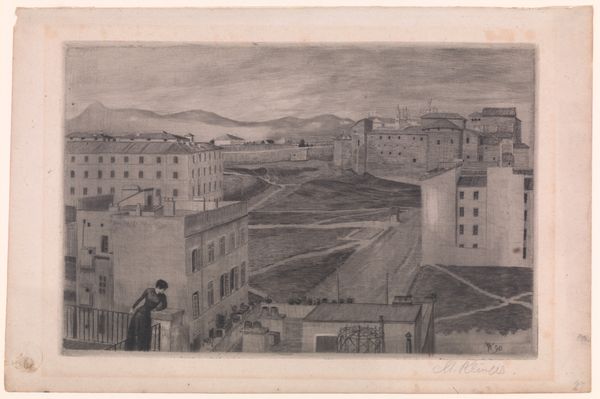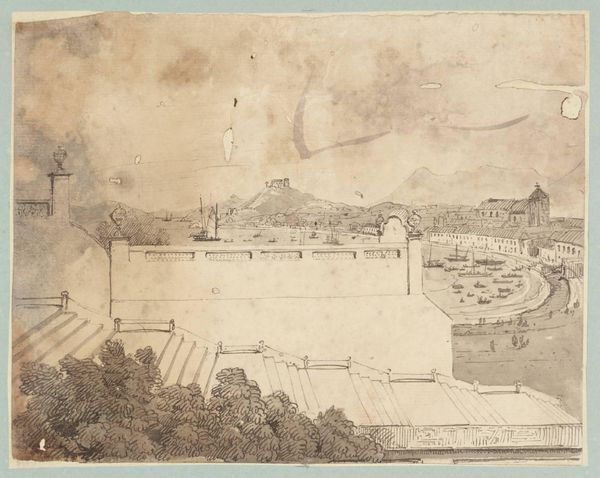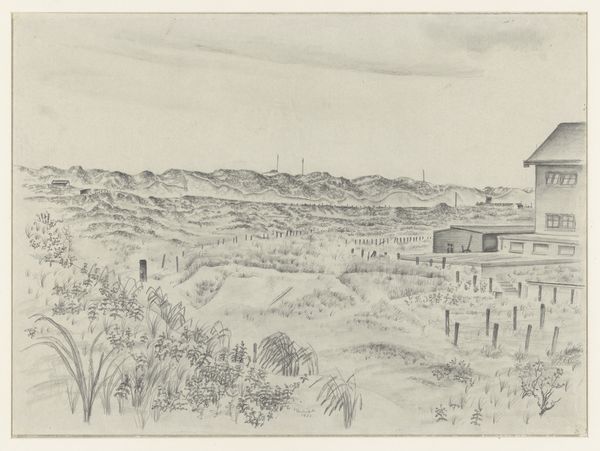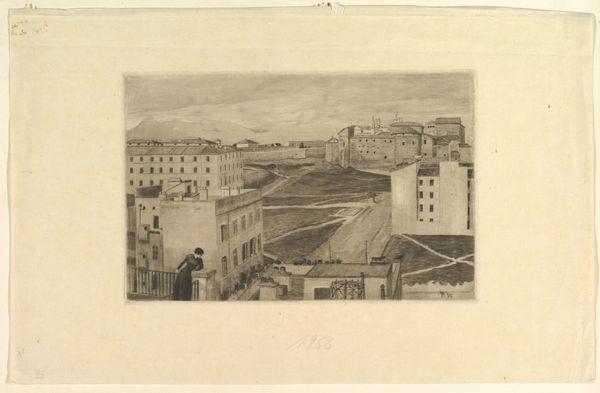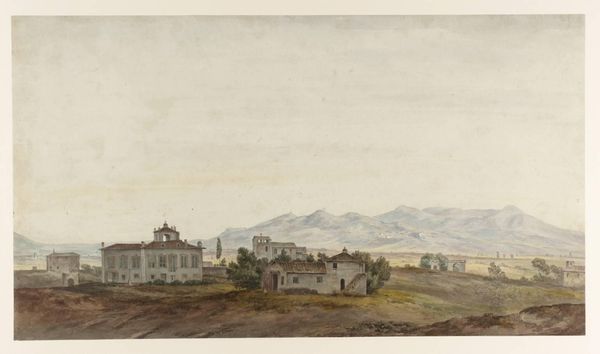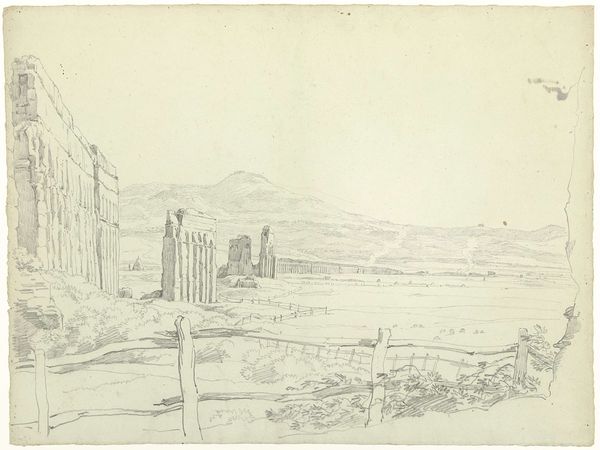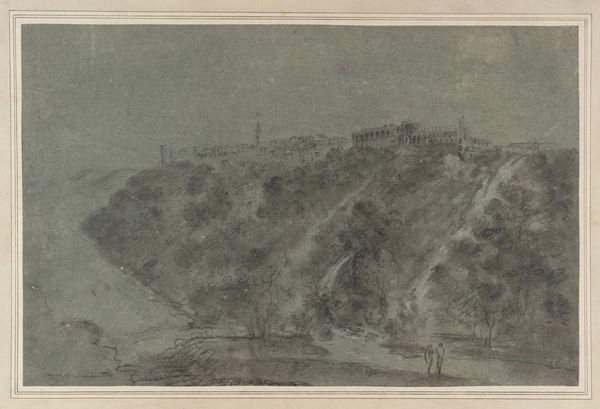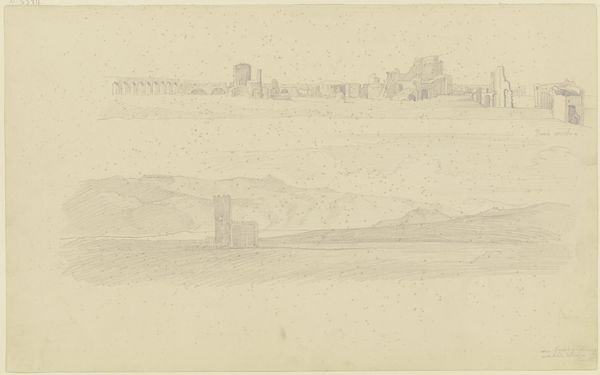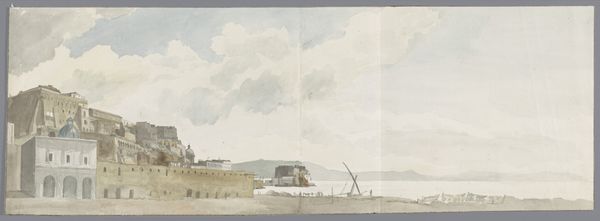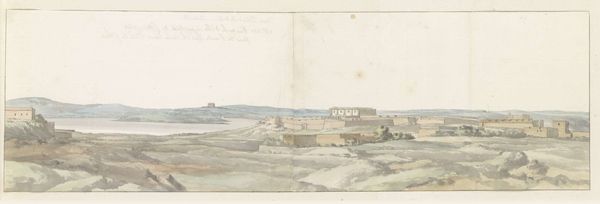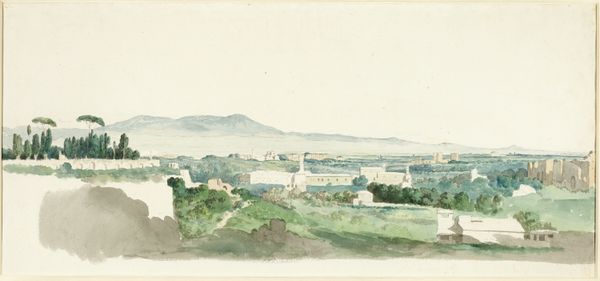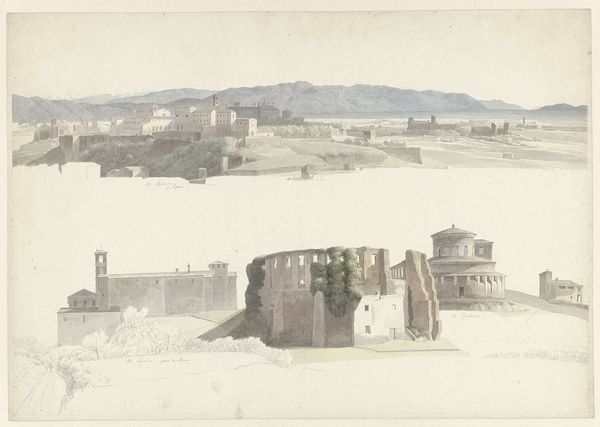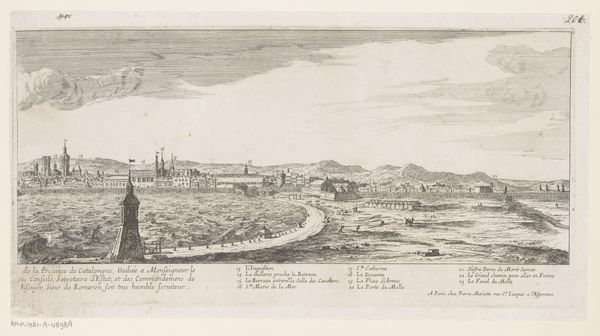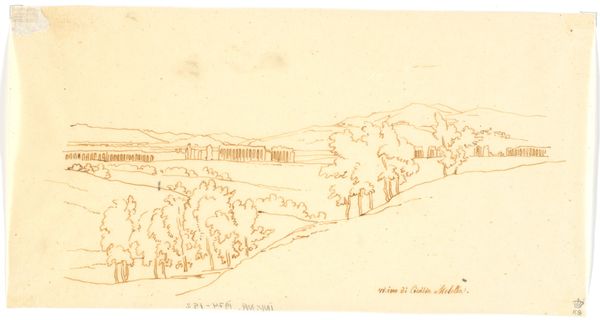
watercolor
#
neoclacissism
#
landscape
#
watercolor
#
cityscape
#
watercolour illustration
Dimensions: height 365 mm, width 508 mm
Copyright: Rijks Museum: Open Domain
Editor: Here we have Josephus Augustus Knip's watercolor, "View of the Vatican Palaces and of the Monte Mario," created sometime between 1809 and 1812. It feels like a carefully constructed stage set, almost like a document instead of a feeling. What historical narratives do you see at play? Curator: This work speaks volumes about the Neoclassical obsession with order and idealized landscapes, but let’s consider the role the Vatican played as patron. How does this sanitized depiction of Rome serve its interests and reflect its power structure at this specific time, amidst political shifts like the Napoleonic occupation? Editor: It feels a bit… sterile, perhaps intentionally? Like it’s meant to project stability and grandeur. Were cityscapes typically employed for propaganda during that era? Curator: Absolutely. Think about the way the Enlightenment and Neoclassicism shaped artistic expression. Landscape painting became a tool for national branding and for expressing particular ideologies about civic order. Consider how Knip highlights architectural features – isn’t that precision and emphasis its own statement? Who do you think this image would appeal to, and why? Editor: Probably the educated elite, those with the means and inclination to visit Rome. It's like an advertisement for the city’s historical significance and… I guess, enduring power. Curator: Precisely! And that manufactured sense of timelessness is something that the church has worked tirelessly to cultivate in the cultural and political landscape. What's really fascinating to me is how this imagery contributes to an understanding of Rome's identity and its relationship to the rest of Europe at a volatile point in history. Editor: I never really thought of landscape painting as carrying so much weight in terms of political messaging, but this watercolor makes it apparent. I’ll never see landscape painting the same way again. Curator: It highlights how even seemingly innocuous art can reinforce prevailing power structures! A very insightful perspective on Knip and Rome.
Comments
rijksmuseum about 2 years ago
⋮
Knip made almost all of his Roman drawings in the part of the ancient city that stretches out from the left bank of the Tiber. He seems to have worked only rarely on the other side of the river. Drawings of Trastevere, a lively working-class district, are not known, and even the sights of Vatican City do not seem to have interested him much. An exception is this view of the Vatican palaces.
Join the conversation
Join millions of artists and users on Artera today and experience the ultimate creative platform.
